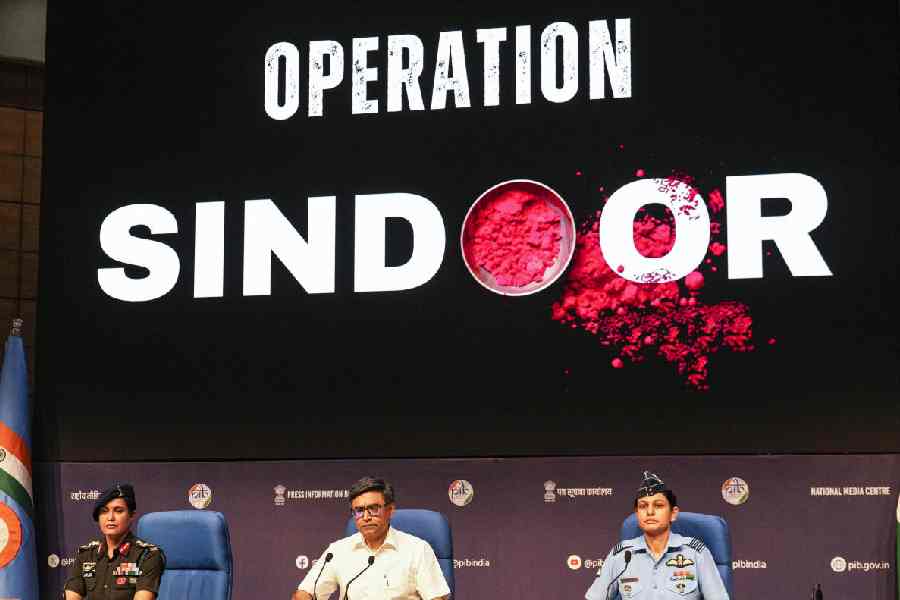On the afternoon of August 5, journalists from select publications across India were invited for lunch with Rakesh Sarna, MD and CEO, Indian Hotels Company Limited, at the flagship property of the group — The Taj Mahal Palace, Mumbai. The occasion? The unveiling of Tajness by the largest hotel chain in the country. Sarna, who took over from Raymond Bickson on September 1, 2014, spoke at length about how Tajness would roll out in all Taj properties by December 31, 2017. But what exactly is Tajness? These excerpts from Sarna-speak explain the group’s brand and operations philosophy for the future....
We are changing the staff attire. When I walked into Taj on September 1, 2014 and saw people (staff) in French tailcoats, I thought, ‘I’d never go to Paris and find somebody in a sherwani!’ We Indians are always embarrassed to wear our own stuff. But it was my first day so I didn’t want to be disruptive!

Tajness is the glue that binds us all together, an invisible force, an idea, an ethos, that will remain relevant for a long time to come. It is defined through the lens of each of our constituents — be it a guest, staff, shareholder, a vendor, a neighbour.
Taj used to rule the world of food. I believe we have decent food but I don’t think we rule the world anymore. You will see a very different way we will treat and serve our food. But that doesn’t mean we’re going to serve in crocodile and snake skins! We’re not going to do fusion because to me, fusion means confusion. We’re just going back to basics.

Anything a guest perceives through smell, feel, taste or touch becomes sacrilege. That’s the core of Tajness. But the real cornerstone of Tajness is our grand promise and that is we “sincerely care” for you. Now you should ask me, ‘That’s it? That’s all you could come up with?’ But when you’re trying to run a global organisation, you have to choose a common denominator that even a dishwasher can say without reaching for a cheat sheet.
The people in our hotels breathe life into our hotels. So we tried to define what Tajness means to our colleagues. We looked at the gender diversity, we looked at their benefits from dining to number of days off (six monthly offs instead of four) to enjoying the privilege of staying at Taj hotels with their families (each Taj employee regardless of seniority can stay at one or more Taj properties across the world for a total of 10 days). We are the first hotel company in India to ban break shifts. We have introduced creches and we’re going to introduce supermarkets in our hotels to give our staff the benefits of cheap food that they can buy because when you buy a million chickens a year, the price of chicken goes down.

Rituals will be an important part of Tajness from The Arrival Ritual (aarti-tikka-garland) to The Sunset Ritual to The Wakeup Ritual.

The one thing we were certain about was that Tajness in its purest form must seek inspiration from the nobility of Indian heritage and tradition. When we are in the upper east side of New York (The Pierre, A Taj Hotel), Tajness will exhibit itself in the upper east side without being Indian. When we are in India, we will pay homage to our great heritage and history.

I asked many this question, ‘If you were blindfolded in the lobby, how would you know that it’s Taj?’ And it really came down to the emotion, which suited me perfectly because in my mind, no single hotel company has the monopoly of the best marble, best chandeliers or the best linen. But it’s the people who matter.

The first thing we will do is eliminate hotel lobbies because one of the deepest pain points in our industry — anywhere in the world — is the check-in and check-out. It’s quite ironic that you have to line up to pay your money and then you’re kept waiting and then interrogated for 10 minutes about who you are and why you’re here. We want to take that away. Taj hotels will no longer have any front desk or cashier. We will welcome you, take you to your room and do a virtual check-out when you’re ready to do so. Will it be easy? No. Is it possible? I did it nine years ago in London in a smaller hotel so I know that it can be done.
We looked at each aspect of a guest’s stay and when we looked at the rooms, we talked about the sleep quality, mattresses, hot and cold water pressure and fragrances. A lot of these things have to take place over the next 17 months to get to a perfect room condition.

We are going to pledge ourselves to move away from using diesel and petrol cars and use electric cars. That is our bit towards our environment. This will happen eventually.
Between now and next year, some hotels may have to exit the system because they can’t qualify.
Because our brand promise is “sincerely care”, we will not keep vendors waiting for payment. In India, it’s quite a game. People like to, actually, never pay you if possible.
I’m sorry Tajness is not a Coca-Cola recipe but we’re very excited. By December 31, 2017, Tajness will exist and prosper in every hotel.
SNAPSHOTS FROM THE LAUNCH

A rare frame: Ratan Tata, chairman emeritus, Tata Group, (fourth from left) Rakesh Sarna, MD and CEO, Indian Hotels Company Limited and (second from left) his wife Mae, with (extreme right) Tata Group chairman Cyrus Mistry and (third from left) his wife Rohiqa Chagla. The evening of August 5 saw the unveiling of Tajness with around 400 guests in attendance at The Taj Mahal Palace, Mumbai. Dinner and cocktails followed.

Text: Karo Christine Kumar











